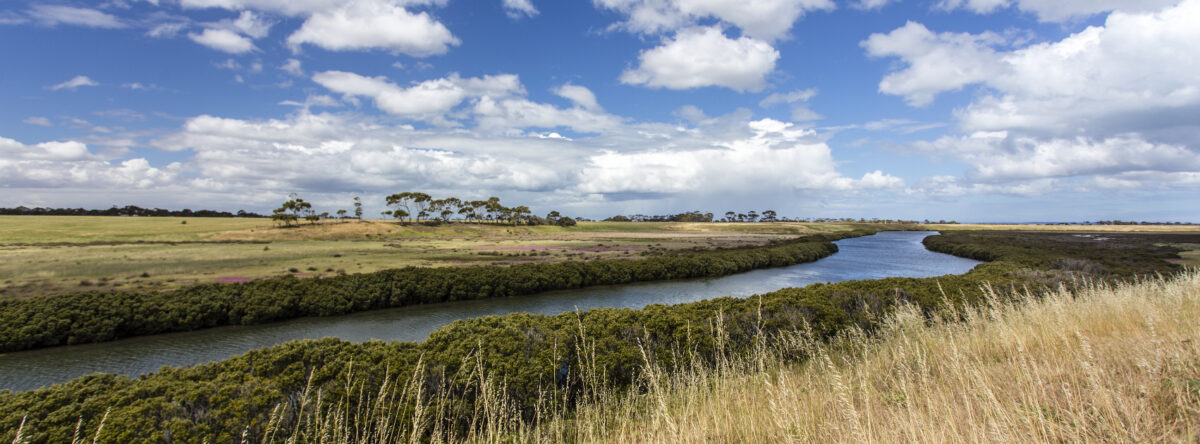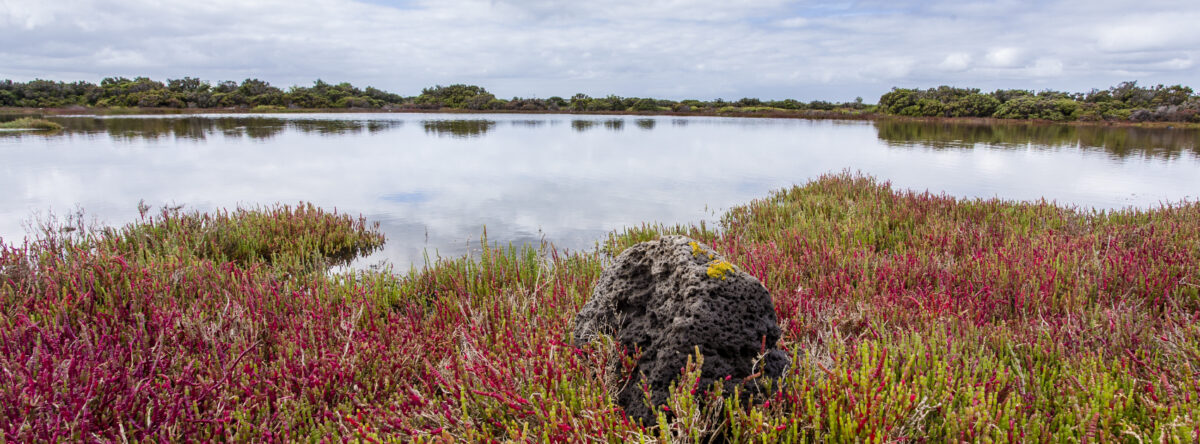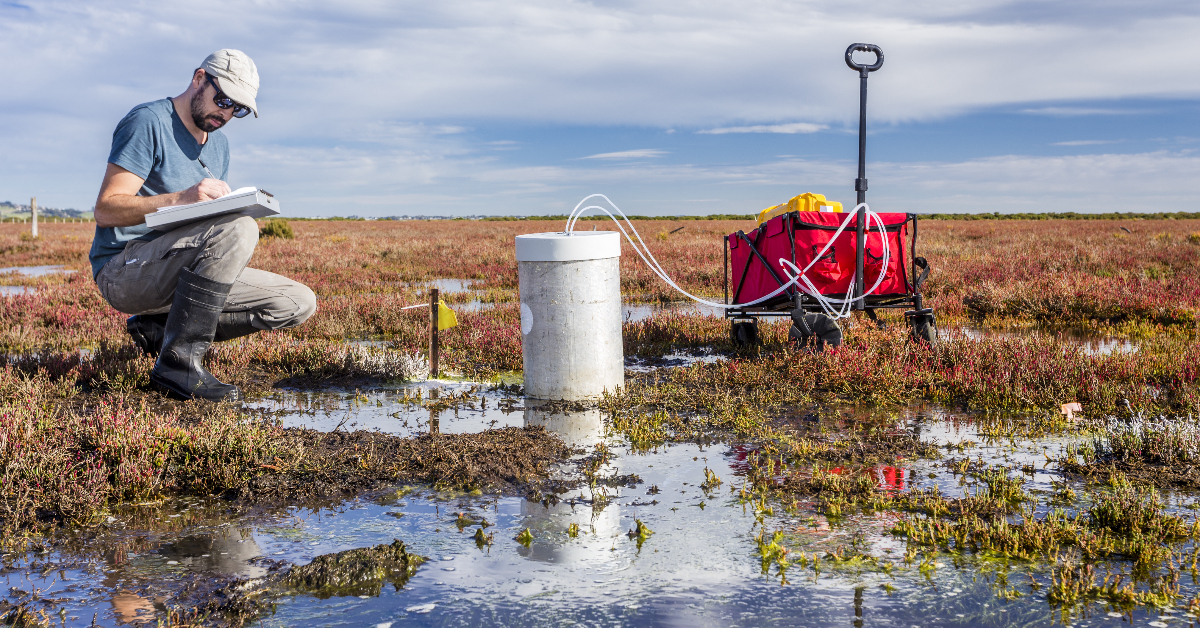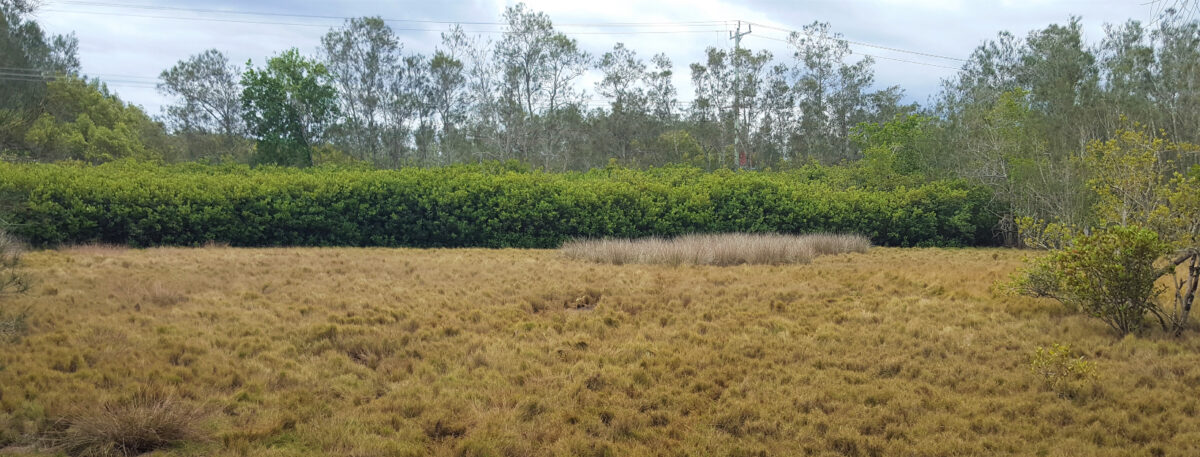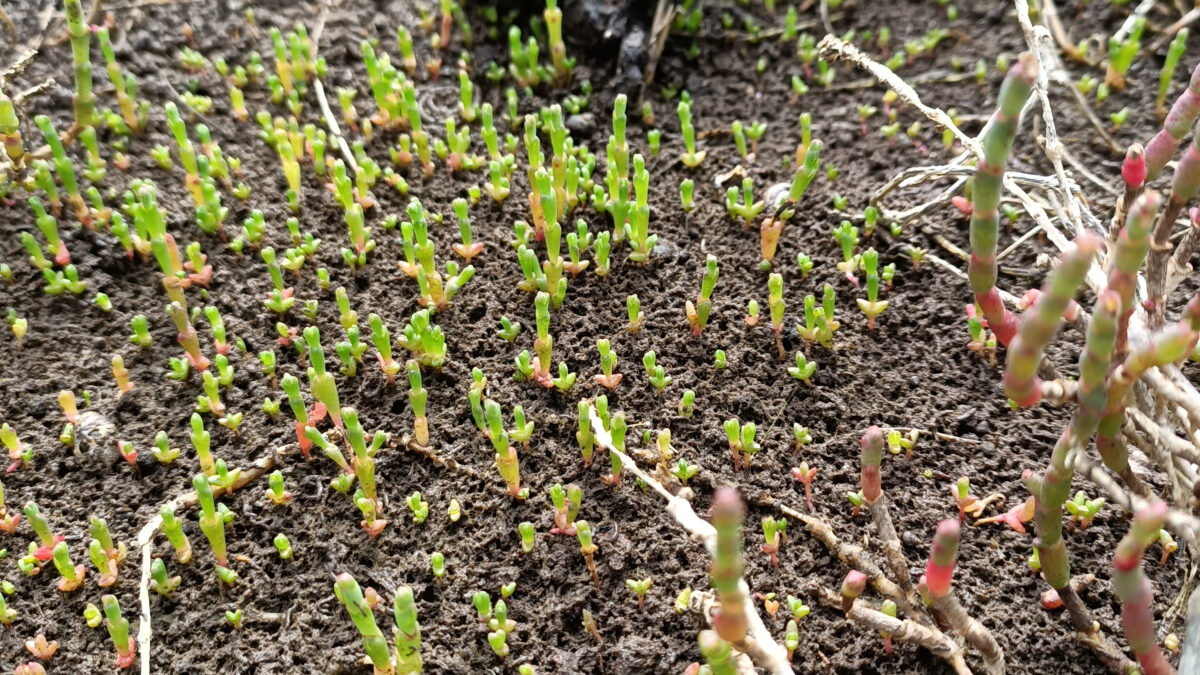Unpack Habitat – Saltmarsh
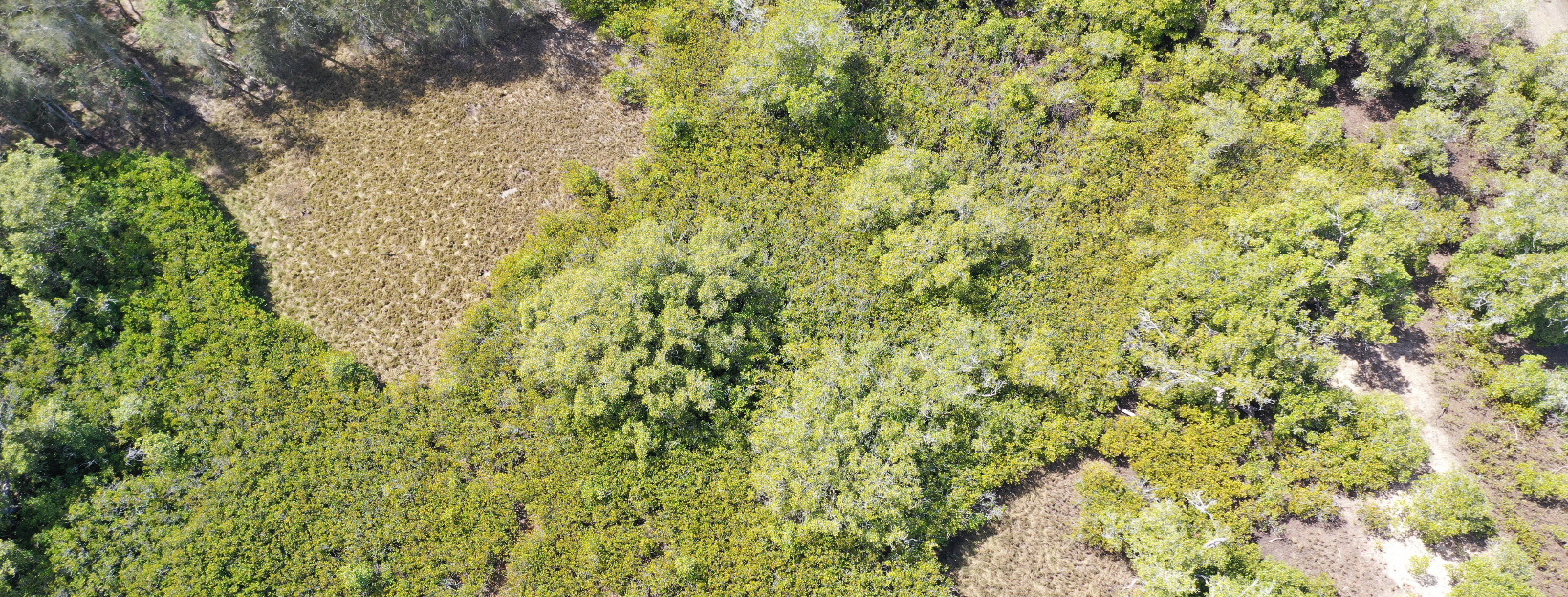
Unpack habitat in an eight-part series in which we explore key fish habitats. Last week we started with mangrove forests and this week, it’s saltmarshes. The stories are part of our Growing River Stewardship program supported by the NSW Government’s Environmental Trust.
What are saltmarshes?
Let’s start by breaking down the word as the name it self explains a lot. ‘Salt’ means that this habitat can tolerate high soil salinity (salt) and ‘marsh’ means that the habitat is occasionally inundated (aka flooded) with salt water. Where you will see mangroves in areas where their feet are kept wet every high tide, the saltmarshes occupy a slightly higher elevation behind, mostly where the lunar high tides can reach. This sheltered soft substrate foreshores of coastal lakes and estuaries, often occurring behind mangroves. Saltmarsh habitat contains a specialised community of plants which includes sedges, rushes, reeds, grasses, succulent herbs and low shrubs. The term ‘saltmarsh’ is often used colloquially to describe individual plants, groups of plants, and the general estuarine habitat dominated by these plants.
Where are saltmarshes found in Australia?
Saltmarshes are found on many parts of the Australian coastline, covering about 13,500km2. Most of this coverage of saltmarsh is found in Queensland, Northern Territory and Western Australia however there is greater species diversity in Southern Australia.
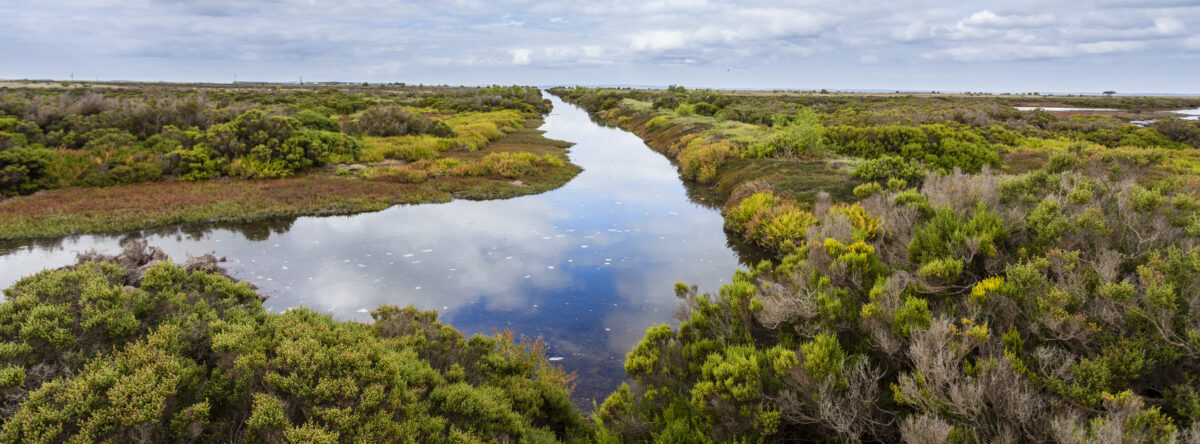
Why are saltmarshes important for the fishing community?
Saltmarshes provide shelter and food for fish, especially smaller fish and juveniles. Recent research has found that saltmarshes make up a disproportionately high contribution to fish diets compared to other estuarine habitats.
OzFish is working with the University of Newcastle to better understand the relationship between fish and saltmarsh to both enhance fish habitat and improve fishing at Burrill Lake (NSW south coast).
Around 40 species are known to be found regularly in saltmarshes, including yellowfin bream, sand whiting, mullet, garfish, eels and crabs. But over 70% of all recreationally targeted saltwater fish species are thought to rely on saltmarshes for at least some of their life cycle.
A fish to target in this habitat is flathead. Flathead are ambush predators that lurk in edges of drop offs and drains. They love these areas because they are the perfectplace for preying on small fish as theyreturn from their saltmarsh refuge when the tide goes out. Flathead do not have a swimbladder so they cannot swim in the water column and must lay flat on the bottom ready to pounce.
Flathead are my favourite species to fish, they put up a fight and taste great. If you want to fish for these beasts around the saltmarsh, let me give you some advice. Look for large flat areas where they can lay low, and the last two hours of outgoing tide and first hour of the incoming tide are prime biting times.
During the change in tide there is a change of the guards so to speak and the flathead will relocate to where the sediment is flushing off the saltmarshes and sandbanks, ready for another ambush.
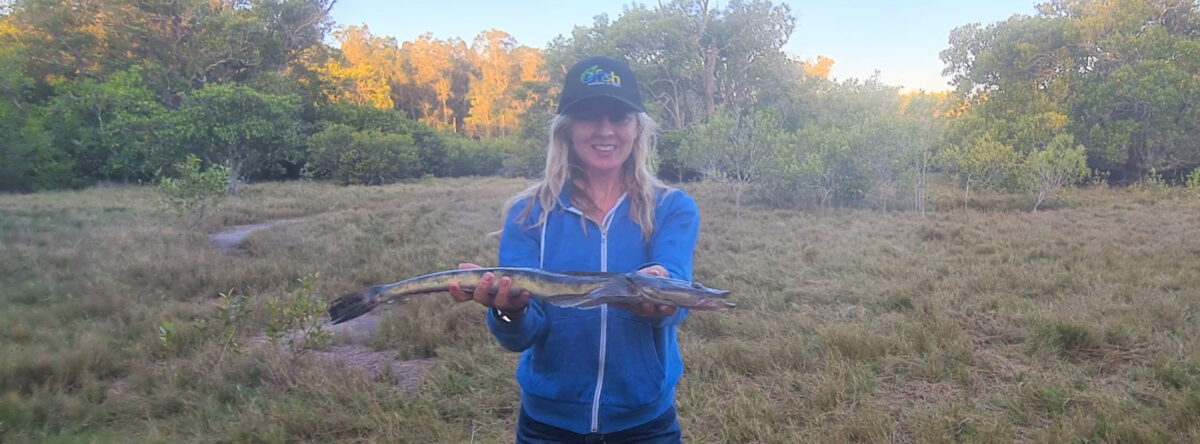
Spring tides
Caused by the gravitational pull of the moon and sun, spring tides (or king tides) bring the highest and lowest tides. These occur twice each lunar month at the full moon and new moon. If you want a decent sized flathead make sure that you head out to saltmarsh areas during a high spring tide. At these times, the water reaches higher up in the saltmarsh than usual. Higher saltmarsh areas are generally flatter and full of denser vegetation, a great ambush location for the flathead to prey on fish.
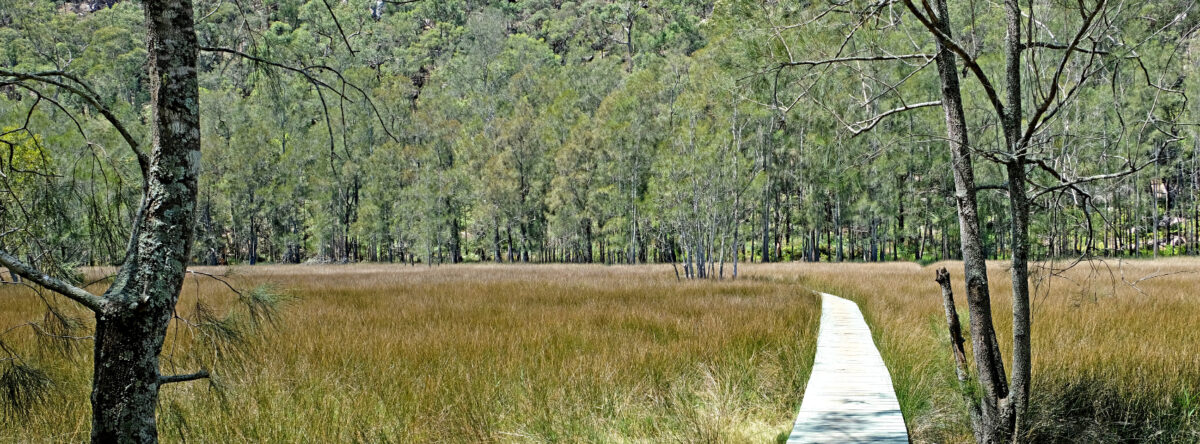
Buffering system
Saltmarshes can be mistaken for smelly, boggy swamps and wastelands but they are quite the opposite. Saltmarshes are great buffers and filters for rubbish and nutrients that enter into the estuary, they are also great for reducing erosion and maintaining water quality. Next time you see a saltmarsh try to think about what the habitat does for you.
Threats to saltmarsh
It is estimated that, in some areas, up to95% of saltmarsh habitat loss has occurred since human development in coastal areas. There are a number of activities that impact saltmarsh which can all be minimised or avoided.
The most common direct threats to saltmarshes are soil compaction caused by off-road vehicles, damage to growth from humans and animals walking on grassy sections, nutrient run off, terrestrial plant and mangrove competition for space, feral animals, illegal harvesting for human consumption, in-filling for development, changes in drainage/hydrology, removal of saltmarsh for aesthetic purposes, and sadly, dumping of waste.
Indirect threats to saltmarshes include climate change and sea level rise, where the saltmarsh may not have the space to expand, or move.
As Mangroves encroach further in, the saltmarshes have no where to encroach and their little band along the spring tides becomes narrower! Ideally town councils should be planning for sea level rise in the long term and have the trusty saltmarshes in mind. Remember once these saltmarshes disappear, a lot of the fish in the rivers will run out of food.
Piece of mosaic art
Saltmarsh differ in their layouts, densities and types of plants, each forming their own individual picture, like a piece of mosaic art. So when you visit different saltmarsh around Australia you will find that they’re all unique in their own way.
This uniqueness means that fish food chains differ from saltmarsh to saltmarsh and so do the species you may find there. You can better understand your local saltmarsh by joining your local OzFish Chapter.
OzFish Chapters
OzFish actively monitors saltmarsh areas in order to rectify habitat degradation. Each Chapter is different, however we all have the same aim in mind, to maintain healthier fish habitats. OzFish helps to restore and protect saltmarshes by removingrubbish, providing clearer water access paths around vulnerable saltmarsh areas, and innovating new ways to help protect them for surrounding pressures.
Make sure if you’re visiting any saltmarsh habitat ensure that you only use provided access paths and remove any rubbish that is within your reach. Try and enjoy the sights of the saltmarsh from a distance and do not walk directly on the saltmarsh(some of the plants can take up to 20 years to recover!!).
The program is being funded by the NSW Government through a partnership between the Saving Our Species program and the Environmental Trust.
Author – Demara Gates
Demara is currently studying at Southern Cross University completing her Marine Science and Land Management degree. She has been privileged to be accepted as an intern with OzFish. She enjoys fishing, snorkelling and getting out on her boat with family and friends around Northern Rivers in NSW.
Nursery Habitat for fish in saltmarsh – Video Courtesy – Dr Vishnu Prahala from University of Tasmania

